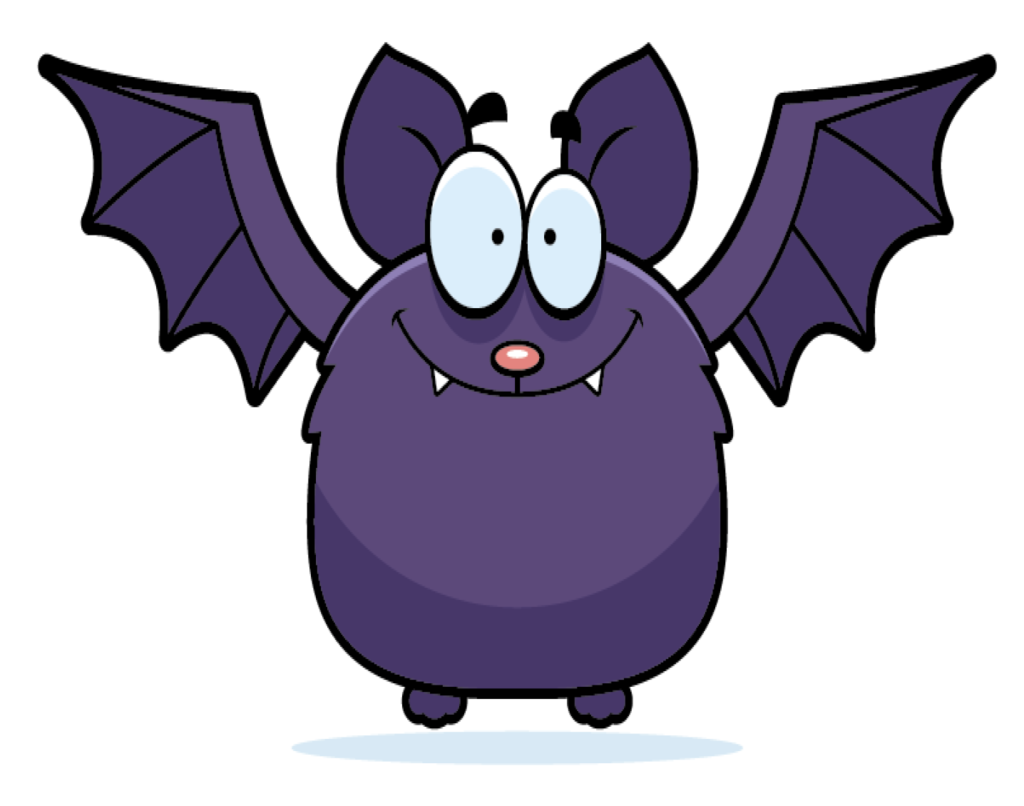by Sara Legatt
 Every fall, the reminders come home from school: REMEMBER! Read with your child every night!
Every fall, the reminders come home from school: REMEMBER! Read with your child every night!
If your child is a brand new reader, how do you read with them?
Reading was easy when they would cuddle up with their favorite stuffed animal and listen to the same story over and over and over. When they want to help read, though, then what?
Here are some simple tips for setting up the new world of big kid story time:
1. It will take longer.
- Just like those first times your child “washed” his hair in the bath or made herself a sandwich, it will take longer. Much longer.
- Seriously. Longer.
2. Bring along a cup of tea.
- It will be tempting to jump in and “help” read. We are often uncomfortable with silence, and the urge to fill that time is very real. If your child is struggling, wait calmly. Then wait a little longer. Then take a slow sip. And maybe another. If your child is still struggling, move on to number three.
3. When sounding out words, be your child’s support, not his instructor.
- If the story was a song, your child is the melody and you are the harmony. You are there to help but not overpower. Quietly sound out the first syllable and pause. Your child might be able to use contextual cues to figure out the word. If not, quietly sound out the second syllable, then quietly put the two together. Continue as needed.
- I emphasized the “quietly” for a reason. Your child has listened to you read for years. If your big, strong, smart reading voice takes over, it may serve as a reminder to a cautious child of how much they have to learn.
4. Be nonchalant when your child makes a mistake and also when they succeed.
- Help without criticism and praise without going over the top. Save the celebration for after the child has finished reading her section. So much of learning to read relies on contextual cues, it generally works best to keep from interrupting. That said…
5. If your child has lost the thread of the story, help pick it up.
- If your child has been sounding out syllable after syllable with no sense that they join together into words and a story, it is okay to say, “Yes! Goldilocks went into the house and saw that no one was there. Excellent reading.”
6. Read good books.
- Challenging, entertaining books are sometimes easier for children to read than simple books that do not capture their interest. If your child is struggling to get through an early reader, try something slightly harder and see what happens. Which leads to…
7. If you are reading a challenging book, alternate pages.
- Yes, I am breaking Rule Three. That’s what rules are for, right? You want your child to understand the story they are reading and to not get overwhelmed by its length. If taking turns reading pages helps your child understand and enjoy the book, by all means, do!
8. Have fun.
- We want our children to love reading. Do not let story time become a battle. It is your special time to sit close to your child, hear his voice, give him hugs, and be present for him. Enjoy it. Though the minutes may seem endless, the years disappear in a heartbeat.
Sara Legatt lives in Minnesota with her husband, three young children, and one clumsy cat that thinks it is a dog. Sara has a B.A. in Elementary Education, has worked for more than a decade as an Early Childhood Educator, and is a Piano Teacher to the best students in the world. Sara currently writes middle grade novels and picture books. She can be found at http://saralegatt.wordpress.com.



















